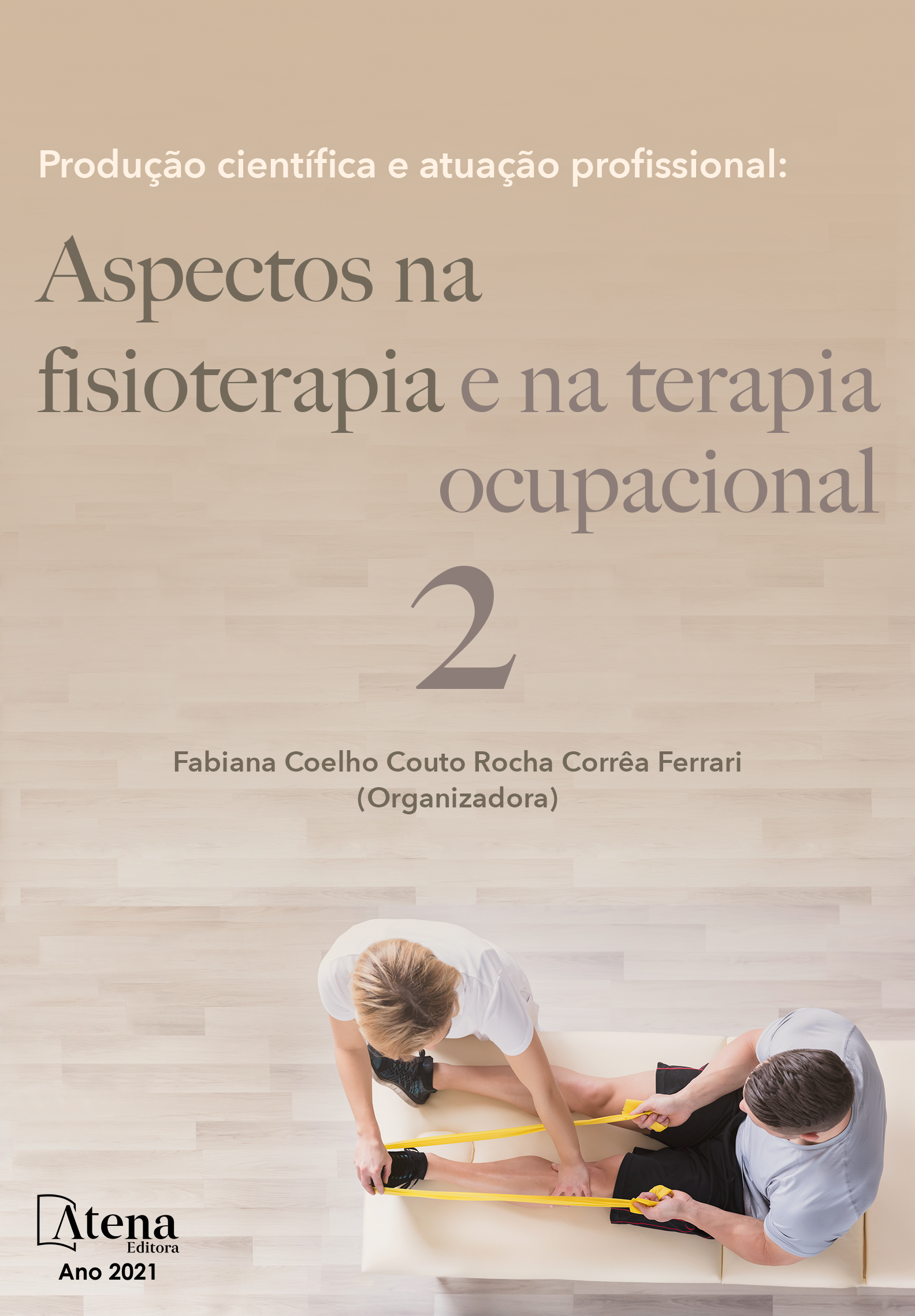
EFEITOS DO DRY NEEDLING COMO MÉTODO DE TRATAMENTO DA FASCITE PLANTAR: REVISÃO SISTEMÁTICA
INTRODUÇÃO: A fáscia plantar é revestida de tecido conjuntivo achatado localizado na planta dos pés, que fica entre os músculos flexores e a pele dos pés. A inflamação dessa estrutura denomina-se fascite plantar, onde o desequilíbrio de forças entre a fáscia plantar e o tendão calcâneo pode levar a este tipo de lesão. Dry Needling (DN) é uma técnica pouco invasiva que vem sendo utilizada para o tratamento de ponto de gatilho miofascial ativo (Ponto Gatilhos). OBJETIVO: Este estudo visa verificar na literatura atual os efeitos da Dry Needling, na dor e ADM do tornozelo, como um método de tratamento da fascite plantar. METODOLOGIA: Este é um estudo de revisão sistemática onde foram realizadas buscas nas seguintes bases de dados MEDLINE/Pubmed, SCIELO, LILACS e CAPES. As palavras-chave utilizadas para a busca nas bases de dados seguiram a descrição dos termos Decs (Descritores em Saúde) nos idiomas inglês, português e espanhol, articulados aos termos booleanos AND e OR. RESULTADOS: Foram encontrados 61 artigos na qual foram excluídos 56 artigos por não condizerem com o tema proposto. Na seleção final foram contemplados quatro artigos que preenchiam os requisitos estabelecidos. CONCLUSÃO: Esta meta-análise indicou que a DN efetivamente reduziu a dor do calcanhar devido à fascite plantar. No entanto, os achados devem ser interpretados com cautela devido às limitações em termos de heterogeneidade substancial, baixa qualidade e tamanho de amostra pequeno.
EFEITOS DO DRY NEEDLING COMO MÉTODO DE TRATAMENTO DA FASCITE PLANTAR: REVISÃO SISTEMÁTICA
-
DOI: 10.22533/at.ed.98422060112
-
Palavras-chave: Fascite Plantar, Dry Needling, Ponto Gatilho Miofascial
-
Keywords: Plantar Fasciitis, Dry Needling, Myofascial Trigger Points
-
Abstract:
INTRODUCTION: The plantar fascia is lined with flattened connective tissue located on the soles of the feet, which lies between the flexor muscles and the skin of the feet. The inflammation of this structure is called plantar fasciitis, where the imbalance of forces between the plantar fascia and the calcaneal tendon can lead to this type of injury. Dry Needling (DN) is a non-invasive technique that has been used to treat active myofascial trigger point (Point triggers). PURPOSE: This study aims to verify in the current literature the effects of Dry Needling, on pain and ankle ROM, as a method of treatment of plantar fasciitis. METHODOLOGY: This is a systematic review study where the MEDLINE / Pubmed, SCIELO, LILACS and CAPES databases were searched. The keywords used to search the databases followed the description of Decs (Health Descriptors) in the English, Portuguese and Spanish languages, articulated to the Boolean terms AND and OR. RESULTS: We found 61 articles in which 56 articles were excluded because they did not match the proposed theme. In the final selection, four articles were considered that fulfilled the established requirements. CONCLUSION: This meta-analysis indicated that DN effectively reduced heel pain due to plantar fasciitis. However, the findings should be interpreted with caution because of the limitations in terms of substantial heterogeneity, poor quality and small sample size.
-
Número de páginas: 14
- Maria Augusta Franco Amorim de Sá
- Thaynara Fernandes de Sousa Rodrigues
- Pedro Rafael de Sousa Carvalho
- Luziane Carreiro de Sá
- Jéssica Maria Santos Dias
- Ana Talita Sales da Silva
- Eldson Rodrigues Borges


